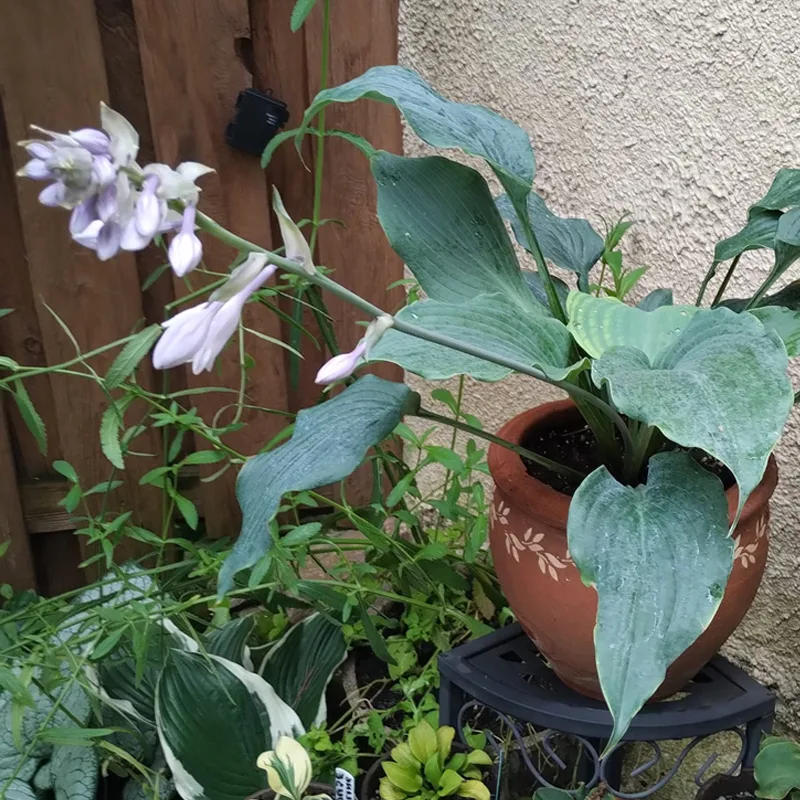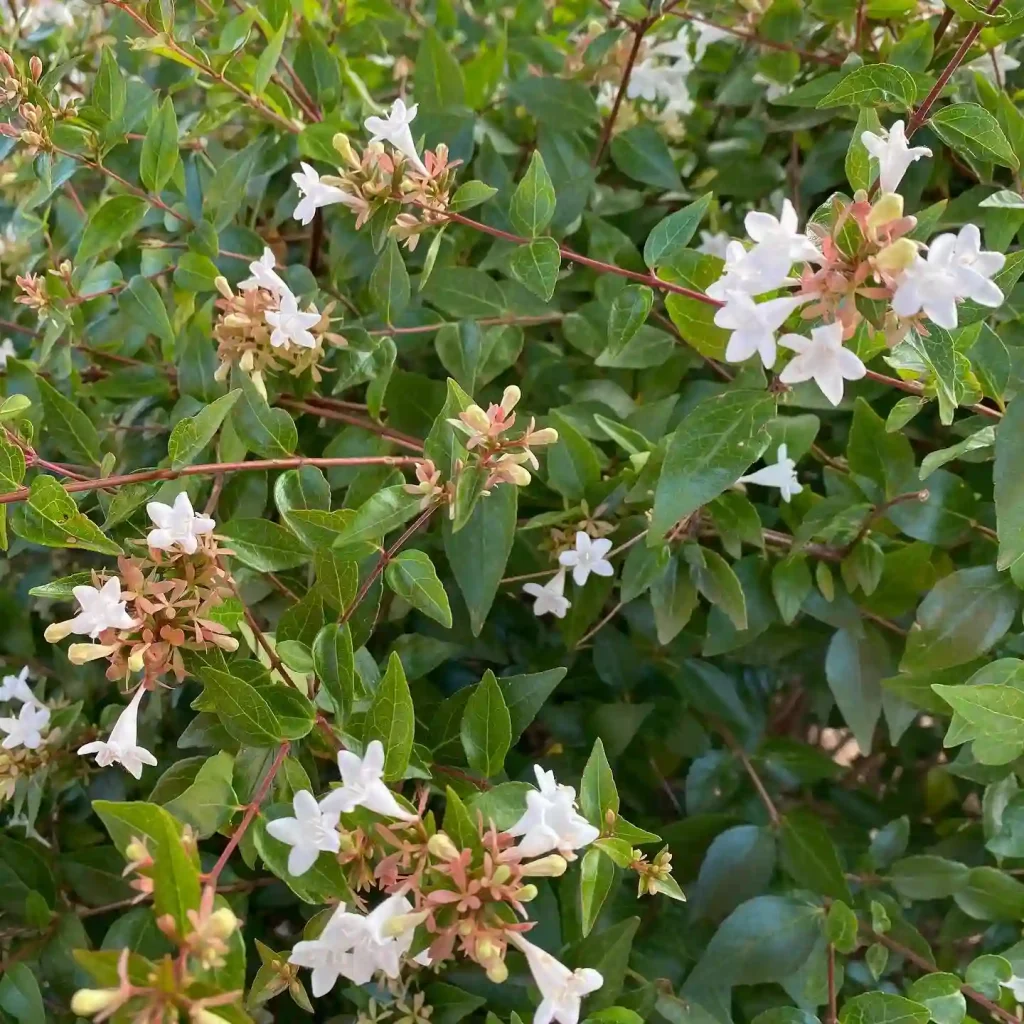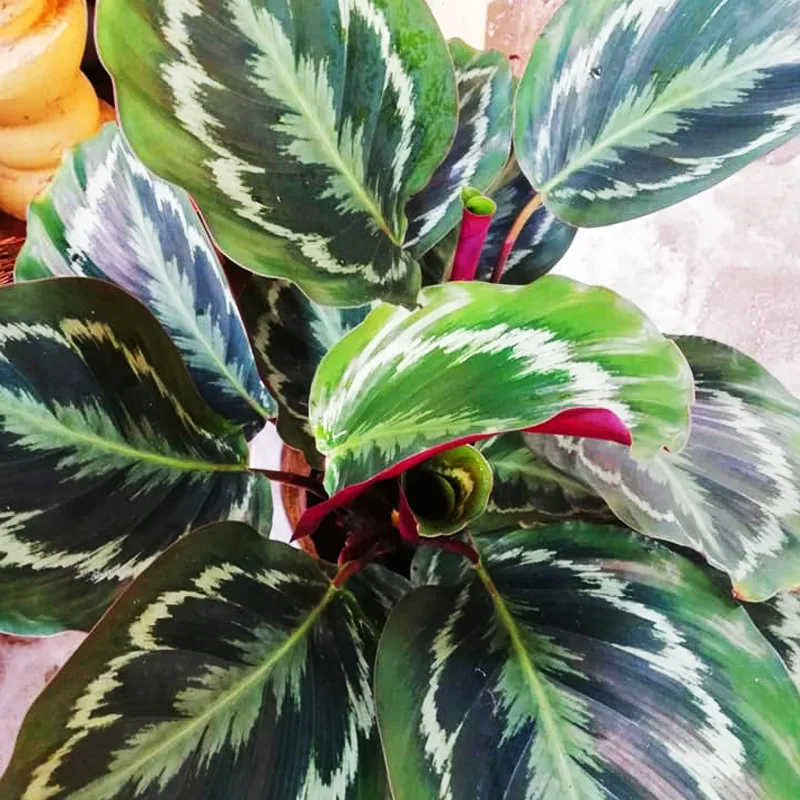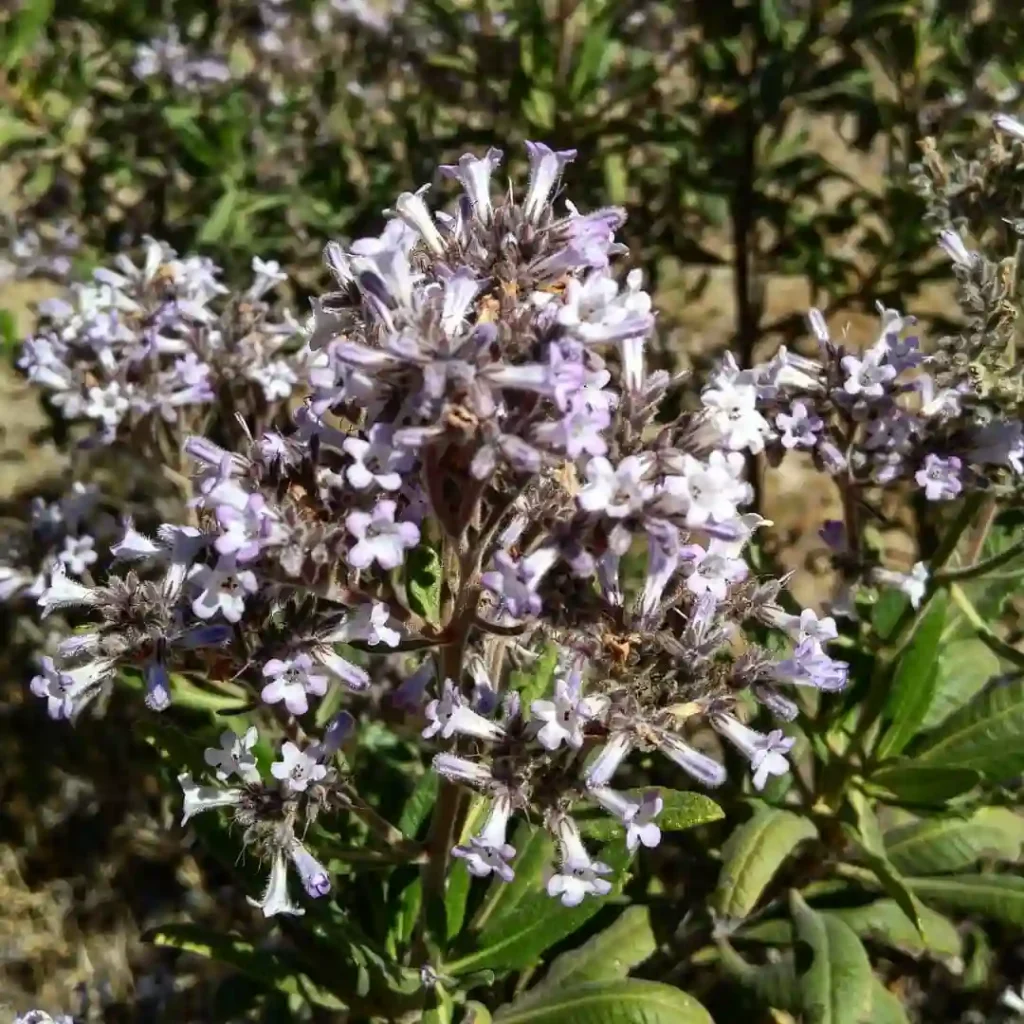FAQs About Asimina Parviflora
As a passionate plant enthusiast, I’ve spent a good amount of time researching and caring for various species, and one plant that has captured my attention is Asimina Parviflora, commonly known as the Dwarf Pawpaw. This intriguing plant is not only unique in its appearance but also offers numerous benefits. Here’s a compilation of frequently asked questions that I often encounter regarding Asimina Parviflora.
18 Species in Genus Asimina
What is Asimina Parviflora?
Asimina Parviflora is a deciduous shrub native to the southeastern United States. It typically grows to a height of 3 to 6 feet and features broad, paddle-shaped leaves. In the spring, it produces small, purplish flowers that resemble those of its larger cousin, the Pawpaw. One of the standout features of this plant is its ability to produce edible fruit that resembles a small banana in taste and texture, although it’s not as commonly known as the larger Pawpaw.
Do Animals Use Asimina Parviflora?
Yes, many animals utilize Asimina Parviflora for various purposes. The flowers attract a range of pollinators, including bees and butterflies, while the fruit serves as a food source for various birds and mammals. I’ve noticed that squirrels and deer often visit my garden, drawn by the sweet aroma of the ripe fruits. This plant plays an essential role in the local ecosystem, supporting both pollinators and fruit-eating wildlife.
How to Care for Asimina Parviflora?
Caring for Asimina Parviflora is relatively straightforward. It thrives in well-draining soil and prefers full sun to partial shade. I’ve found that the best time to plant it is in the spring or fall, ensuring it has time to establish roots before extreme temperatures hit. Regular watering is crucial, especially during dry spells. However, it’s important not to overwater, as this can lead to root rot. Pruning should be done in late winter or early spring to encourage new growth.
How to Propagate Asimina Parviflora?
Propagating Asimina Parviflora can be done through seeds or cuttings. I’ve had success with both methods. If you choose seeds, they need a period of stratification to germinate. I usually soak them in water for 24 hours and then refrigerate them for about 30 days before planting. For cuttings, take 4- to 6-inch segments of new growth and root them in a mixture of peat and perlite. It usually takes a few weeks for roots to develop.
What to Plant With Asimina Parviflora?
When considering companion plants for Asimina Parviflora, I recommend species that enjoy similar growing conditions. Plants like Blueberry (Vaccinium spp.) and Elderberry (Sambucus spp.) make great companions, as they thrive in similar soil types and light conditions. Additionally, I’ve found that native flowering plants attract beneficial pollinators and can enhance the overall health of the garden ecosystem.
Can You Grow Asimina Parviflora Indoors?
While it’s possible to grow Asimina Parviflora indoors, it’s not the most ideal situation. This plant prefers outdoor conditions where it can receive ample sunlight and space to grow. If you choose to grow it indoors, make sure to provide it with a bright, sunny spot and sufficient humidity. I’ve attempted growing smaller specimens in pots, but they seemed to struggle without the natural environment they crave.
Is Asimina Parviflora Toxic?
Asimina Parviflora is not toxic to humans or pets, making it a safe choice for gardens where children or animals play. In fact, the fruit is edible and can be enjoyed fresh or used in various recipes. However, it’s essential to consume the fruit when it’s fully ripe, as unripe fruit can be unpleasant and may cause digestive discomfort.
Benefits of Asimina Parviflora
Beyond its aesthetic appeal, Asimina Parviflora offers several benefits. The fruit is rich in vitamins and nutrients, making it a delicious addition to smoothies or desserts. Furthermore, this plant can enhance biodiversity in your garden, attracting various pollinators and beneficial insects. I’ve personally observed an increase in butterfly activity in areas where I’ve planted this shrub.
Common Problems with Asimina Parviflora
One common issue I’ve encountered with Asimina Parviflora is susceptibility to pests like aphids and spider mites. Regularly inspecting the leaves and using insecticidal soap can help keep these pests at bay. Additionally, ensure proper watering practices to avoid root rot, which can occur in overly saturated soil.
How Does Asimina Parviflora Compare with Other Pawpaw Species?
When comparing Asimina Parviflora with other Pawpaw species, like Asimina Triloba (the common Pawpaw), the primary difference lies in size and fruit production. Asimina Triloba produces larger fruit, but Asimina Parviflora is a compact option for smaller gardens or landscapes. I appreciate having both in my garden, as they each offer unique attributes and can complement each other beautifully.
As I continue to explore the world of Asimina Parviflora, I’m constantly amazed by its versatility and the joy it brings to my garden. Whether you’re looking to attract wildlife, add diversity to your plant collection, or enjoy delicious fruits, this shrub deserves a spot in your gardening plans.
If i die, water my plants!



